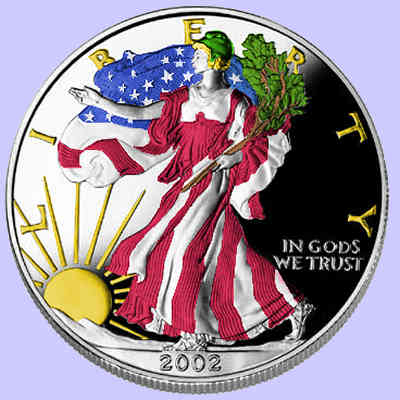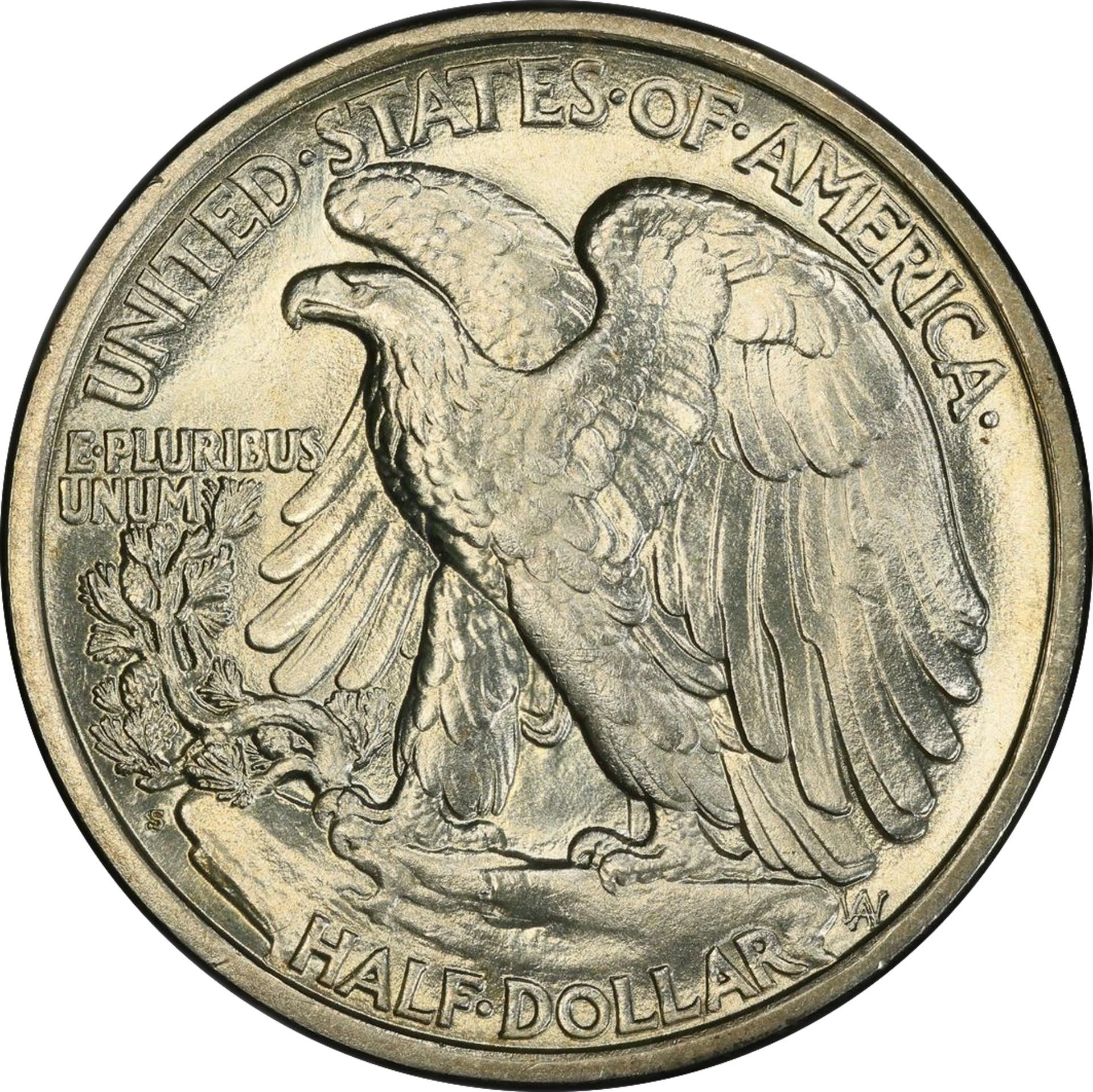

As best historians can tell, Barber wasn’t even given an opportunity to submit a proposal. First, he was still bitter from having been excluded from the redesign process. All parties involved in the redesign process-except Charles Barber-were extremely enthusiastic about Weinman’s proposal.īarber was highly critical of Weinman’s design for two reasons. Every facet of the design, from the leaves on the branches to the eagle’s feathers, was executed with tremendous precision. The reverse featured a perched eagle engraved in exquisite detail.

The obverse displayed a figure emblematic of Liberty, wearing the American flag and striding towards the sun. Weinman’s submission for the half dollar was stunning. For the silver denominations, the Commission solicited design entries from Adolph Weinman, Herman MacNeil and Albin Polasek. Then in 19, the penny and nickel were both revamped by outside artists. This was not without precedent the gold denominations were successfully designed by outside sculptors in 19. Mint employees wanted a simple design that was easy to strike in mass quantities, but the Commission was tired of the staid, uninspiring images that adorned America’s coins for decades.Įventually the Commission declared that outside artists should be brought in to submit proposals.

The Commission and US Mint staff were soon at odds with each other the former group was mostly concerned with aesthetics while the latter was focused on logistics and ease of production. Then, the two men met with the US Commission of Fine Arts to discuss the look of the new silver coins. Woolley first consulted with Mint engraver Charles Barber, whose design first appeared on the dime, quarter and half dollar in 1892. With that in mind, he began work on revamping the silver denominations in 1915, as they would be hitting the 25-year mark in 1917. He believed, incorrectly, that he was required to change designs every 25 years. However, US Mint director Robert Woolley misinterpreted the verbiage. In 1890, Congress passed legislation giving the US Mint director the power (with approval of the Treasury Secretary) to redesign coinage designs that were 25 years old. In fact, the Walking Liberty motif was so popular that it was re-introduced in 1986 for the American silver eagle-and is still used for that purpose today. Although the design was difficult to produce, it was extremely well-received by the general public. Adolph Weinman, a renowned sculptor whose motif won over numerous competing submissions, conceived the gorgeous design. Since some users own several versions, the sum may be greater than 100%.The Walking Liberty Half Dollar is widely considered America’s most beautiful silver coin. Numista does not buy or sell coins or banknotes.įrequencies show the percentage of Numista users who own each year or variety among all the users who own this coin. They serve as an indication only they are not intended to be relied upon for buying, selling or exchanging. They are based on evaluations by Numista users and sales realized on Internet platforms. Values in the table above are expressed in UAH. Please sign in or create an account to manage your collection. United States Mint, San Francisco, United States (1854-date) United States Mint, Denver, United States (1906-date) United States Mint, Philadelphia, United States (1792-date) Adolph Alexander Weinman was a German-born American sculptor and architectural sculptor.


 0 kommentar(er)
0 kommentar(er)
